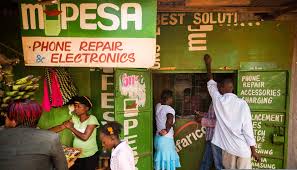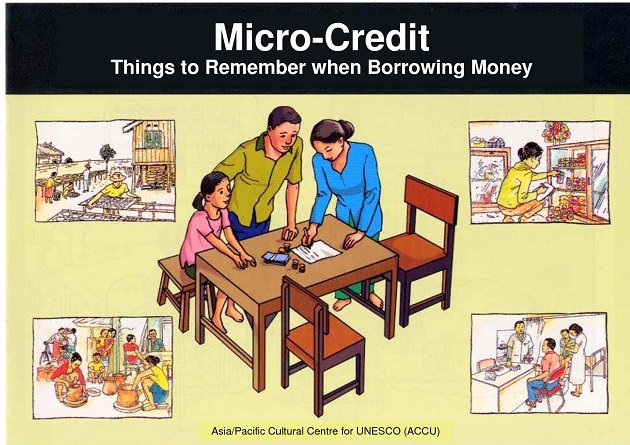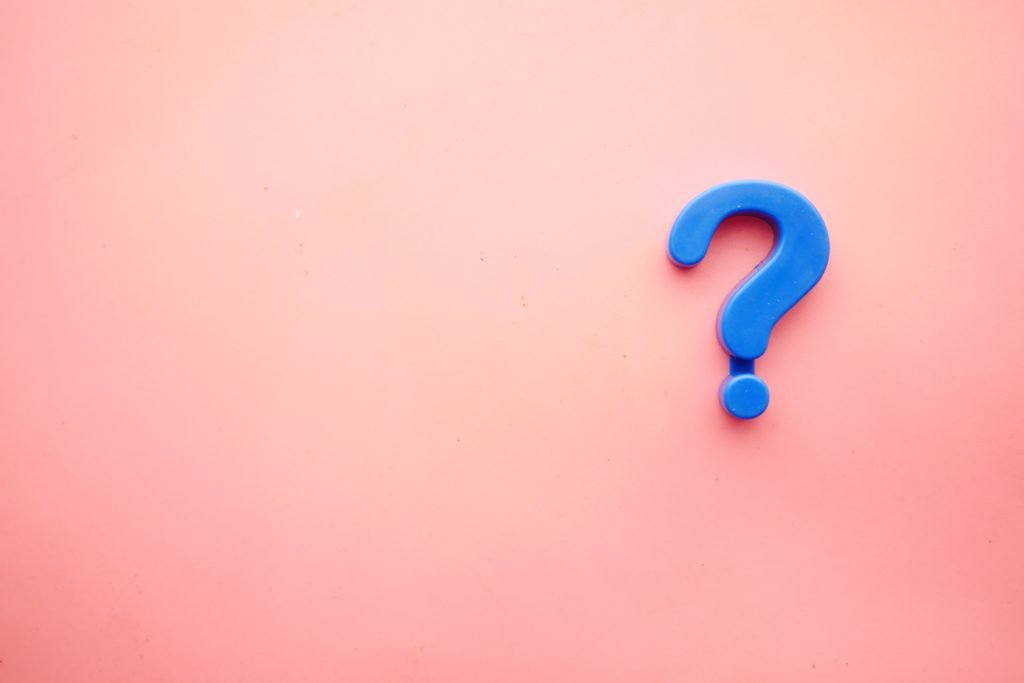In order to overcome the ongoing COVID-19 since 2020, even if it is still ongoing, many countries have poured huge national finances into the market for rapid damage recovery, and even the Russia-Ukraine war that broke out in early 2022 fears a resurgence into a new Cold War era. Due to skyrocketing prices of food and energy, and high interest rates, it declines the living standards and drives most people into a difficult situation. The people who are the first to be hit in this situation are the low-income class and people from underdeveloped countries, and they may live in pain. Only 10% of the world population, around 780 million people, belong to the illiteracy and live in a cycle of poverty. Is there any fundamental way to solve poverty and illiteracy? Can we solve the problem that even a nation or a large multinational corporation cannot try to solve?
In order to find clues about these problems, we want to look for best practices that are still ongoing and lessons from history. Kenya’s mobile banking service M-PESA and a Micro-Credit service, an unsecured micro-loan provided by Bangladesh’s Grameen Bank, are now known as successful programs running in underdeveloped countries, and with the fundamental reason in the invention of Hangeul by King Sejong together are a clue. We would like to use them as the starting point for the solution.
Case 1: M-PESA
In 2015, Fortune magazine ranked M-PESA, a Kenyan mobile banking service, as the number one company that changed the world through innovation, beating Google and Facebook. In Kenya, only 20% of people use banks, leaving the rest of the population without them. What completely changed the lives of these Kenyans is M-PESA, a mobile payment service using mobile phones. You can deposit money into your M-PESA account or transfer money to another person using only your phone number on a regular mobile phone other than a smartphone, and you can cash out at any M-PESA affiliated store near you or on the street. This craze of mobile banking is because of the popular dissemination of mobile phones. Anyone can use it easily, and above all, marginalized people who were not considered as customers in existing banks are the main customers. More than half of Kenya’s population is using mobile banking services, and the mobile money has helped to increase tax revenue and transparent cash flow in Kenya, resulting in the effect of reducing crime.

Case 2: Micro-Credit
Professor Muhammad Yunus of Bangladesh, who was looking for institutional ways to help the poor escape from poverty, set up a bank for the poor in 1983. Grameen Bank, jointly awarded the Nobel Peace Prize with Yunus in 2006, is that is the protagonist. The lending method of this bank differs from that of conventional banks, and in order to get a loan, you must first prove your extreme poverty, form a group with people with the same socio-economic conditions as you, and each knows a business that will make a profit and should be presented. A group of 5 members checks each other, advises each other, and sometimes runs a business while competing in good faith to repay loans. They must repay the loan and discuss new business ideas or apply for additional loans.
Grameen Bank’s loan repayment fulfillment rate is over 98%, and although it does not take legal responsibility for non-payment, the unique solidarity finance structure prevents others from getting loans if even one member of the group cannot repay the loan. That is a business secret for supporting the high repayment rate.
Grameen Bank’s beneficiaries are experiencing great social and economic achievements. According to an independent external research study, it reveals that about a third of beneficiaries have crossed the threshold of poverty, and the other third are on the verge of coming out of poverty, and the infant mortality rate among loan beneficiaries has plummeted by 34%.
Micro-Credits (an unsecured micro-loan plan) are distinct from traditional charitable beneficiaries and must receive the principal and interest in the money lent. Until now, the main means have been to help the poor by providing food or relief goods, but by providing loans for livelihood so that the poor can establish a foundation for self-reliance, it distinguishes by enabling millions of people to get out of poverty without losing their human dignity.

Grameen Bank
The business, which was originally helped the poor with self-sufficiency, showed excessive commercialization tendency as it injected huge capital from outside in the 1990s, and it became known that the low-income class, who received excessive loans, is suffering from repayment problems. There are also objections to the failure of “good capitalism” of micro-credits because Grameen Bank cannot avoid such criticisms because it does not deviate from the logic of Neo-Liberalism.
Case 3: Hangeul invention
If it were Korea’s pride and an asset of human culture, what would it be? Hangeul (Korean Alphabet) can be counted in one hand. Every country has its own characters or borrows it from other countries. Above all, Hangeul is the only character in the world that records who made it and what principle and process they made it through. The only record that contains the process or result of the creation of characters, which is the core of human civilization, is only one documentary legacy called “Hunminjeongeum (Right Sound for Teaching the People).” Hunminjeongeum is the only book in the world that records all matters related to the creation and operation of characters. In October 1997, UNESCO registered Hunminjeongeum as a World Record Heritage.
Hangeul, in which the alphabet was invented and only recorded its creation process, has the meaning of “the Best letters”, “the Great letters,” and “the Korean letters”. Using a combination of 10 consonants and 14 vowels, which is less than the English alphabet, it has the characteristics of scientifically expressing all sounds in the world through letters, so it is easy to learn. When Hangeul was promulgated in 1446, Sejong, the 4th king of the Joseon Dynasty expressed its background to create an independent Korean alphabet: 1) Korean differs from Chinese, and it is difficult to express with the Chines ones, 2) Because there are no unique characters, the inconvenience of writing life is very severe, and 3) Thus, I invented a new character system for this reason, so it should be used comfortably in our daily life.
In the monarchy era, the royal family and nobles, who have the vested powers belonging to the upper classes, should fear or forbid that the people of the lower classes freely express their thoughts in writing and publicize them, but the King himself is the creator who allows the people to use it conveniently in daily life because they have difficulties to use the Chinese characters. We highly valued the King’s feat as having opened the way for the common people by creating a cultural revolution that was very difficult to implement.

Token Economy
By fusing the lessons of history from the past and best practices in progress, we aim to create a blockchain-based token economy that provides minimal helps in overcoming poverty and illiteracy for most of the underprivileged. Pablo Moreno de la Cova (2017) defines a token economy as “designing rules between tokens (cryptocurrency) and the real economy in which they will be used.” To increase a chance of succeeding, virtual space and real economy must be interconnected to be meaningful, not separately running, and for this, there must be sufficient users, support payments and transactions in the real economy, and there must be many places where it can be used, and the token price volatility must be low.
Bitcoin, the first cryptocurrency, became known to the world when an anonymous expert named Satoshi Nakamoto published his white paper on October 31, 2008, during the financial crisis, and the core spirit of Bitcoin is providing mutual trust through decentralization. In the provision of making remittances or transfers between individuals, it is possible to transact with each other based on the blockchain without the intervention of banks or governments, and to enable transactions and payments without a bank account. Can you buy and sell things freely with your current cryptocurrency, like using fiat money? As obstacles to this realization, there are reasons such as the limit of transaction processing speed in the blockchain, price volatility too large to be used as a currency for realistic transactions, and the intrinsic value of the coin or token. Currently, cryptocurrency is recognized and traded as an asset investment rather than being used as a legal currency in everyday life, but the technical background, philosophical and ideological concept of this has become a driving force for the burgeoning of a new economic system called a token or protocol economy.
In an existing shareholder-based capitalist system, some shareholders invest capitals and sell products and services to consumers, and the shareholders get the profits in return. In the token economy, everyone can be a token holder and token holders can share revenues accrued by growing up healthy growth and development of the community, not for a specific company or business. The token economy is a well-expressed concept of the sharing economy, in which all participants use cryptocurrency to get common benefits in the community.
One project that explains the token economy well is Steem. The Steem is a social media platform that operates that rewards Steem, a cryptocurrency, according to the growth and contribution of the platform. For smooth operations, it rewards all participants for content creation or curation (participation in ‘like’ or ‘content distribution’) on the platform, and the content produced by platform participants is for community members within the platform. The token economy differs from the existing shareholder capitalist economic system, in that the operating entity is the same entity as investors, participants, producers, and consumers. If the community or ecosystem grows by investing, taking part in production, and consuming, it can be seen as a typical example of a sharing economy system in which profits are shared. Unlike the centralization of wealth and power in the existing shareholder capitalism, it is an economy that allows for the distribution of wealth with transparency and fairness reconsidered.
NODAJIFI Token Platform
We want to realize a token economy called NodajiFi capable of sustainable growth that can provide minimal economic help and reduce illiteracy through learning to most people living in the global village. In the Nodaji token ecosystem, you can be rewarded for your efforts of problems solving and learning, and you can use the rewards in your normal life, such as save, purchase and remittance. The word Nodaji is a Korean word originating from “No Touch” in English. Around 1900, at the end of the Joseon Dynasty, in what is now Unsan, Pyeongan-do, North Korea, an American manager was operating a gold mine with a gold mining right from Joseon. When the Joseon miners discovered gold veins, the American manager said “No Touch” when they saw the gold veins and told them not to touch the gold veins. Since then, Nodaji in Korean refers to gold, gold veins, or precious objects.
We always face many problems throughout our lives. One can imagine the existence of a sea of problems, from simple problems to quizzes, exams, intractable problems known to be difficult to solve, and problems for predicting an uncertain future. The sea contains all the problems since created in human history. In this sea, everyone can take part in and get rewards, which can be helpful for intellectual curiosity or the overcoming of poverty and illiteracy. Along with problem-solving activities, activities that create and post problems in a sea of problems can also be rewarded. It does not matter if the problem is a technical or mathematical challenge. If you post a problem on the topic and raise a reward for solving the problem, then participants will solve it and you can pay the corresponding rewards for the solvers, and you will get the solution you really need. It is a great space where problem solvers and problem providers can coexist.

In order to take part in the NodajiFi platform, you must first watch a short advertisement. Advertisement providers, like Google or Facebook, monthly pay the cost for watching advertisements and regularly deposit in an account officially managed by the NodajiFi Foundation responsible for operating the platform. If the problem solving or prediction result is correct, participants will get their rewards as a gem, which has a price of USD 5-cents. If you have over 20 gems, then you can convert your gems into NODAJI$ (NUSD) tokens with US 1 dollar value.
It mint the gem every time as we watch an advertisement, and the supply of tokens is in proportion to the user’s participation activity. The intrinsic value of the gem has a USD 5-cents value equivalent to an advertisement view, and the total amount of gems issuance increases as the participation activity increases. We believe the NODAJI$ (NUSD) token as the cryptocurrency with the most stable value among the current fiat currencies and cryptocurrencies, and since the blockchain stores the record of solving the problem, it can provide transparency and fairness in the results of participation and activity.
In the NodajiFi Token Economy, participants can receive rewards according to their activities and results of the participation, and they can save, remit, and purchase goods with it, making M-PESA’s mobile banking service and the micro-financing one provided by Grameen Bank in more decentralized ways with the lowest cost. We also aim to realize a world for literacy by providing a learning service with problem solving, along with financial incentives. The NODAJI$ token is stable with a pegged value to provide a guaranteed value, regardless of the country’s inflation belonged to vulnerable groups around the world.
With the tokens paid in return for participation, you can save, purchase or pay for items in an online or offline store, and you can exchange them for fiat currency or other cryptocurrencies. You can also send money to anyone who wants to receive these tokens, regardless of geographic location, bank account holdings, or country, with the lowest remittance fees in the world.

We establish a NodajiFi foundation as a legal entity in a cryptocurrency-friendly country, and to provide smooth operation services such as development, promotion, marketing, exchanges, store operation, etc., and we also build up a ROC (Regional Operating Company) in each region for local operations. In order for the token economy to operate globally, we also construct a NODAJI DAO in a virtual space where only users who have more than a certain amount of holding tokens and participation activity can take part in decisions necessary to operate the token economy by acting a voting right. The NUSD token is a utility cryptocurrency, not a security one, and the foundation provides profit dividends like stocks to token holders by referring to platform activities over a certain amount of revenue for one year.
In order to smoothly run the reward system for solving common problems and forecasting issues, we mint gem tokens and distribute it so that anyone with the tokens who has installed the NODAJI app can send and receive money without having a bank account, save money or sell goods, and purchase, providing the minimal and necessary financial services for living without a bank account, and receiving at least compensation for living through learning and solving problems with no micro-loans from the bank.
Challenge the sea of problems to learn and earn! If you would like to take part in realizing the NodajiFi token economy, please contact us! And let’s go together.
nodaji labs: together@nodaji.app
Reference Site: nodaji labs NodajiFi